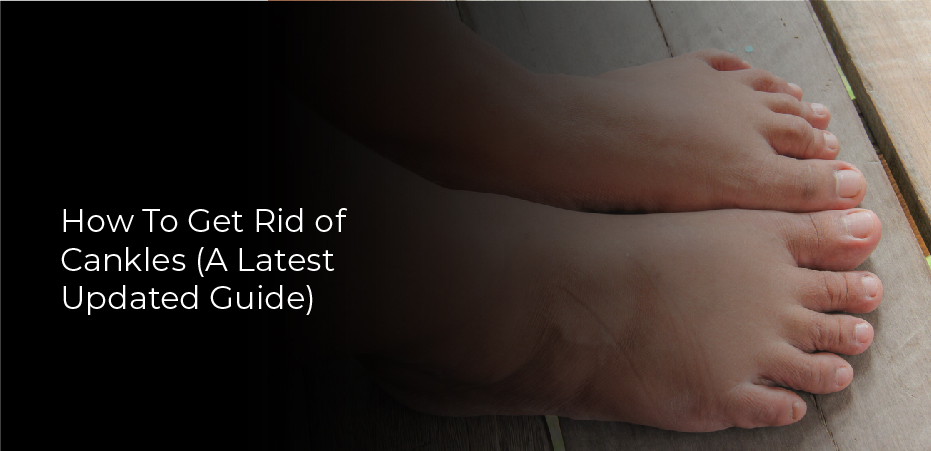People often complain about having “cankles.” The term “cankle” is not medical but rather a slang term combining the words “calf” and “ankle.” It refers to the lower leg area where the ankle meets the calf. The term describes swollen ankles, which are difficult to distinguish from calf muscles because they are swollen.
Among the medical conditions that can cause swollen ankles are cellulitis, congestive heart failure, and preeclampsia in pregnant women. According to an investigation published in Annals of Family Medicine, there are other causes as well as sitting too long, premenstrual syndrome, or even seasonal changes during the summer.
Why Do I Have Swollen Ankles?
Swollen ankles are a common complaint among people who walk a lot. They’re also called varicose veins or spider veins. These veins swell and bulge when blood is forced through them. They can be painful, but fortunately, they don’t usually require surgery to remove them. What causes swollen ankles? When your ankles swell, it usually happens because of extra pressure in the veins that carry blood away from your heart.
This extra pressure causes blood to move slowly, which increases Swelling. If you have swollen ankles, you may experience: Pain and discomfort,Swelling in your lower legs, Feeling tired or short of breath when walking, Calf pain, Sores, bruises, or discoloration on the skin near your ankle. In severe cases, your ankles may feel very heavy or as if they’re tied up. Your ankles may even get hot, red, or tingly. It may also feel like your ankles are moving inward.
How to Improve Swollen Ankles with Lifestyle Changes
Once you’ve ruled out a serious medical condition, you may wonder if there is anything you can do about swollen ankles. In order to reduce the puffy appearance of your lower legs, you should try a few things.
Reduce Foods with Saturated Fat
Calorie-dense foods also contain high-fat levels. The calorie content of fat per gram is nine. Neither carbohydrates nor protein provides more than four calories per gram. Maintaining adequate amounts of monounsaturated and polyunsaturated fats is essential.
Moreover, a lot of saturated fat-rich foods are also high in sodium. An example of this would be fried foods. You may notice that your Swelling improves in just a few weeks when you reduce your salt and saturated fat intake.
Reduce Sodium
Diet-related Swelling can sometimes cause ankle swelling. A high-sodium diet, for instance, may cause you to retain water throughout your body. The ankle area may be more affected. In addition to eating fewer processed foods and putting away the salt shaker, you can also eat fewer herbs that help reduce water weight (like parsley).
Reduce Starchy Carbohydrates
It is also a good idea to keep an eye on how much starchy carbs you are eating. In a healthy diet, carbohydrates play an important role. You may retain more water if you eat a diet high in starchy, sugary foods. You may notice a loss of water weight, which will reduce edema if you balance your macronutrients (eat enough protein, healthy fats, and nutrient-rich carbohydrates).
How to Lose Fat Safely? It’s time for you to start losing fat and come to the right place. I’ll teach you how to lose fat safely and effectively, so you can finally look like the best version of yourself. And guess what? It’s easier than you might think. I know it seems like it would be difficult to lose fat, but it really isn’t.


